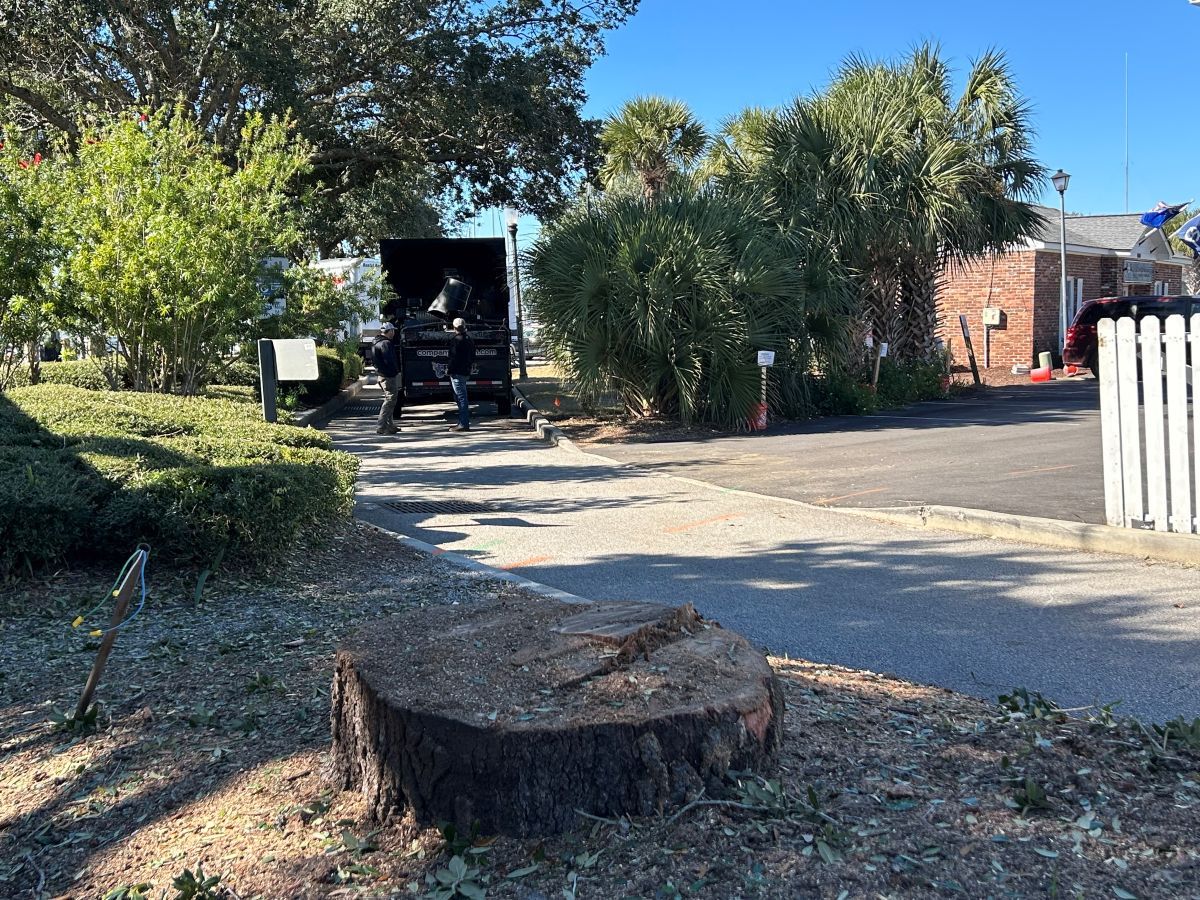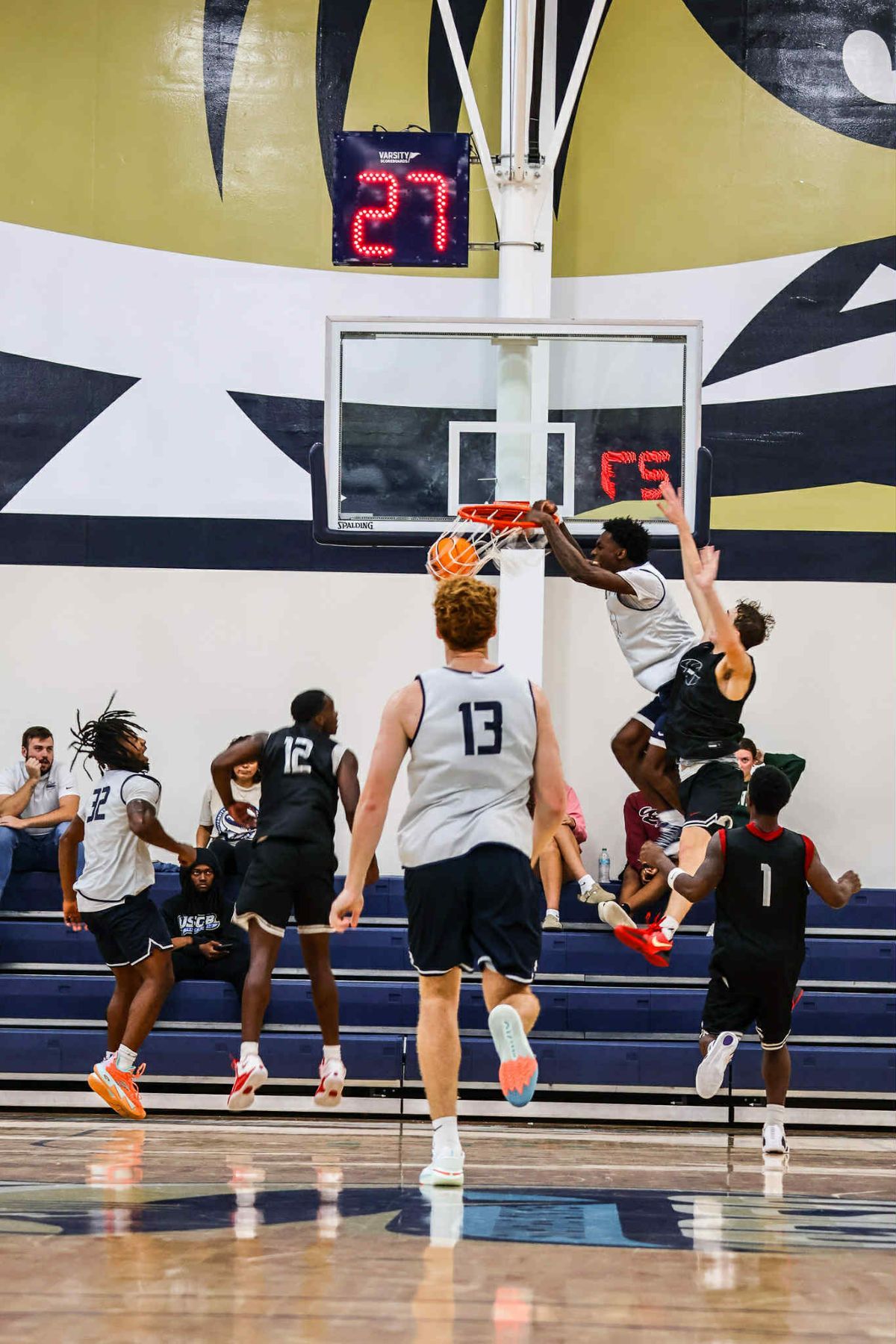By Scott Graber
It’s Saturday — early, overcast, windy and much cooler.
This morning, with more than a hint of fall in the air, I have the Wall Street Journal (Sept. 18, 2020) which has published its annual college rankings.
Some years ago the WSJ began to publish its rankings pushing those of Princeton and U.S. News and World Report into second place, third place, ignominy. I must admit I was drawn to these rankings because I wanted to see the value of my college degree and those of my wife and my son.
In its current, 2021 listing Harvard, MIT, Yale, Stanford and Brown lead a list of 400 ranked colleges.
The WSJ always publishes its criteria and its publishers always talk about “outcomes” that reflect the salaries earned by graduates right out of college. They always talk about the cost of the degree, debt assumed by the student all of which are bundled into a “return on investment.”
“Experts on higher education say the continued success of the Ivies (Ivy League colleges) has a lot to do with their deep pockets — Metrics used around academic resources, graduate student debt, the diversity of the faculty and the salary of the graduates favor institutions with large endowments.”
“Forty percent of each school’s overall score comes from student outcomes, including graduates salaries and debt; 30 percent comes from academic resources, including how much the colleges spend on teaching; 20 percent from student engagement; and 10 percent from learning environment.”
OK, I get it, if you have a $1 billion endowment (Harvard or Yale) and if most of your graduates migrate to Wall Street (Princeton or Brown) you’re going into the WSJ ranking with a huge advantage.
So how did we (in South Carolina) do in the WSJ rankings?
Furman University finished highest (No. 135) edging out Thomas Jefferson University in Philadelphia.
Clemson was next at No. 189 — one notch below St Lawrence University (my son’s school) and — just above Gustavus Adolphus College in St. Peter, Minnesota.
Gustavus Adolphus College?
Gustavus Adolphus is named for, you got it, Gustavus Adolphus who “laid the foundation for the modern Swedish State”. It’s students still honor their Swedish/Lutheran heritage and end up earning about $43,000 a year just after graduation.
Wofford (No. 208) beat out the University of South Carolina (No. 289); USC-Columbia finishing just behind Moravian College.
Moravian College?
Moravian College is a small liberal arts college in Bethlehem, Pa. Many of the 2,000 students who attend this school go into nursing, business and psychology. When they graduate they make about $40,000 a year.
College of Charleston was not given an individual number but listed in the 500 plus category. Anderson and SCAD were in the 600 plus category; but there was no ranking for USC-Beaufort, Coastal Carolina or The Citadel.
Some of you may know that I graduated from the Citadel in 1967 and for many years wondered about the education that I got at South Carolina’s Military College — I did know that what I got on that highly regimented campus was different.
As I got older I began to believe that the degree that I got was valuable. But more than the degree, or the income I got after I graduated, I began to believe that the rigorous, sometimes painful lessons I learned were as important as the money—the “return on investment.”
And so when the WSJ decided it was not going to list The Citadel, or that different experience, I was disappointed and, yes, a little resentful that Citadel had been deleted.
I called my 1967 classmate, John Sams, who recently served a term as Interim President at the Military College.
John called John Dorian, Director of Communications, who said that one component of the ranking involves a survey of students as to their views of their experience. At least 50 students have to respond and, apparently, we didn’t get those 50 returns. “Students are not directed or pushed to participate,” Dorian said.
So I swallowed my resentment and tamped down my anger. One thing they taught us at The Citadel is the notion that disappointment and setback are part of life. Whatever the humiliation one must bounce back avoiding chronic resentment and victimization.
But, of course, I wondered why more cadets didn’t respond to the survey?
Then I remembered that a big part of the rankings are “academic resources” which means endowments. Maybe those cadets compared the Citadel’s endowment ($314.4 million) with Princeton’s ($25.9 billion) and wondered whether the questionnaire was worth their time.
Scott Graber is a lawyer, novelist, veteran columnist and longtime resident of Port Royal. He can be reached at cscottgraber@gmail.com.





